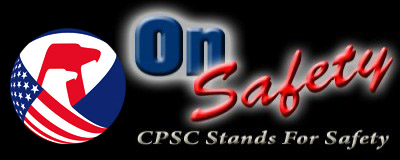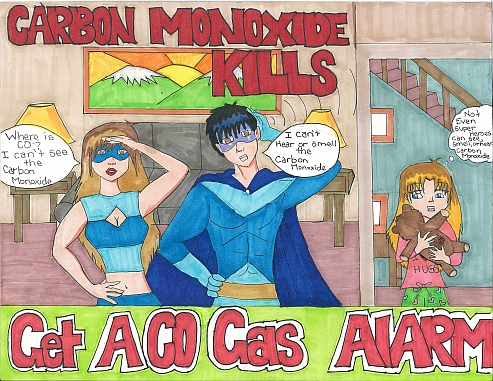Look at that flashlight lying on the kitchen counter. Or the remote control next to the TV. Or the scale in your bathroom. These and hundreds of other products in homes are powered by coin-sized batteries, called “button batteries.”
As batteries are shrinking and becoming more powerful, the number of battery-related incidents resulting in severe injury and death is increasing. A recent study conducted by Dr. Toby Litovitz of the National Capital Poison Center found that button battery-related incidents have increased sevenfold since 1985.
Incidents often involve children younger than 4 and senior adults. In most cases, children have picked up exposed batteries or gotten the batteries from games, toys, calculators, remote controls and other items left within a child’s reach. Often, parents don’t know that a child swallowed the battery. Or senior adults have swallowed button batteries used in hearing aids after mistaking them for pills.
Occasionally, a swallowed battery will pass through the intestine. Other times, the battery becomes lodged in the throat or intestine. The button battery can cause chemical burns in as little as two hours.
The majority of reported incidents involve 20 mm diameter or larger, 3 volt batteries like this:

More than 60 percent of reported incidents are initially misdiagnosed. Symptoms resemble ailments common in children, such as an upset stomach and fever. In some incidents there were no symptoms.
CPSC recommends the following steps to prevent unintentional battery ingestion:
- Keep remotes and other electronics out of your child’s reach if the battery compartments do not have a screw to secure them. Tape may be used to help secure the battery compartment.
- Keep button batteries out of your child’s reach. Discard button batteries carefully.
- Do not allow children to play with button batteries.
- Never put button batteries in your mouth for any reason; they are slippery and easily swallowed accidentally.
- Always check medications before ingesting them. Adults have swallowed batteries mistaken for pills or tablets.
- Caution hearing aid users to keep hearing aids and batteries out of the reach of children.
You can also watch the video in Windows Media format.
(Watch in Windows Media format.)









